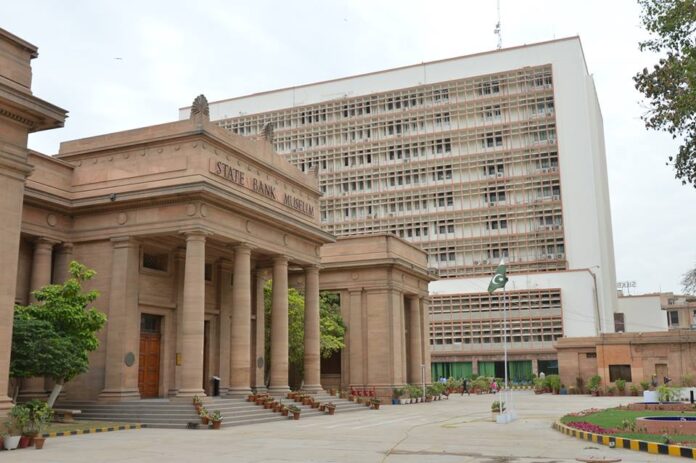The government may reintroduce a new tax policy that imposes an additional 10% to 16% tax on banks whose lending to the private sector falls below 50% of their total deposits.
This move aims to stimulate economic activity by encouraging banks to increase their financing to businesses, particularly as borrowing costs are expected to decrease.
The State Bank of Pakistan’s (SBP) policy rate, which has reached a record high of 22%, has led to an increase in loan defaults by businesses and households alike in 2023.
Consequently, the banking sector experienced a significant rise in non-performing loans (NPLs), reaching a 14-year peak at Rs62 billion.
According to Topline Research, banks with an advance-to-deposit ratio (ADR) below 40% will now be subject to a 16% tax on income earned from government debt securities, such as treasury bills and Pakistan Investment Bonds.
A lower tax rate of 10% will apply to banks with an ADR above 40% but below 50%, while those maintaining an ADR above 50% will be exempt.
In 2023, the majority of banks listed on the Pakistan Stock Exchange (PSX) had an ADR below the 50% threshold, with Samba Bank, Faysal Bank, and The Bank of Punjab being notable exceptions.
Sana Tawfik, an economist at Arif Habib Limited, explained that banks faced this tax in 2022 but were exempt in 2023. The tax has been reinstated for 2024, with some banks awaiting further clarification in the upcoming budget.
The tax reintroduction could lead banks to limit deposit acceptance to meet ADR requirements artificially, a practice observed in December 2023 to avoid the tax for 2022.
Tawfik suggested that a new mechanism for monitoring ADR compliance more frequently could encourage genuine lending increases to the private sector.
However, some banks remain cautious about taking additional risks in a high-interest-rate environment that could lead to more NPLs.
JS Global’s Head of Research, Amreen Soorani, highlighted that the policy rate increase to 22% over three years has raised concerns about asset quality and potential provisioning expenses in the banking sector.
The temporary exemption in 2023 led to a decrease in loan disbursements, reducing the overall ADR.
Soorani’s analysis showed that textiles, individual consumers, agriculture, and energy sectors, which constitute nearly 45% of the lending book for most PSX-listed banks, have seen varied growth, with agriculture being an exception to the stagnation in other sectors.

























Genuine lending if disbursed to entrepreneurs, the economic GDP will absolutely improve. True selection of borrowers should be priority of DFIs.